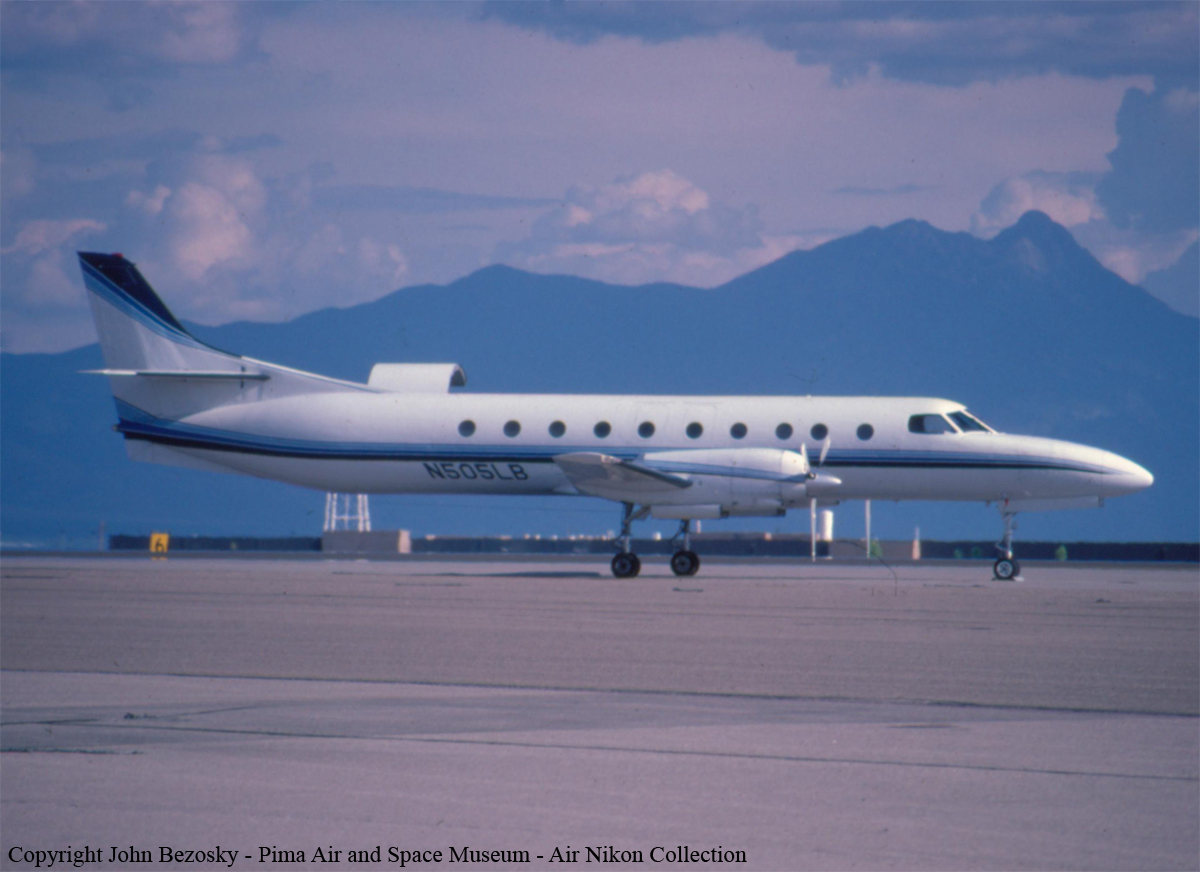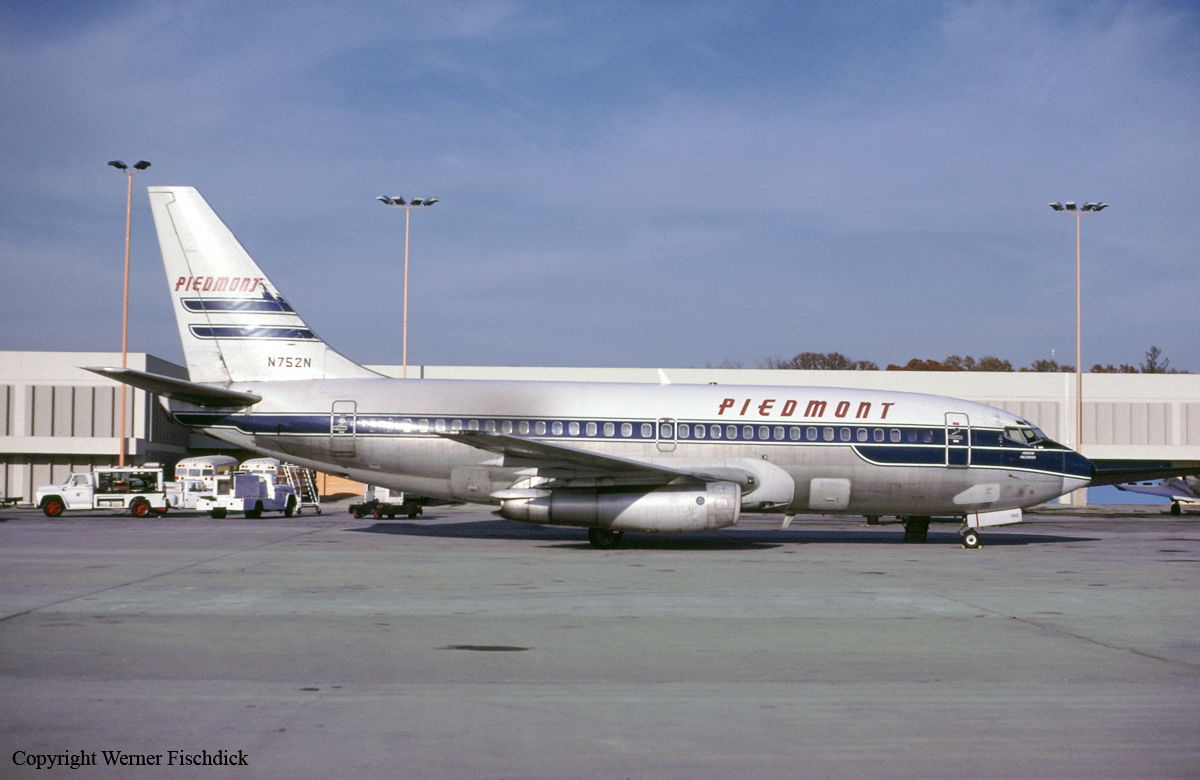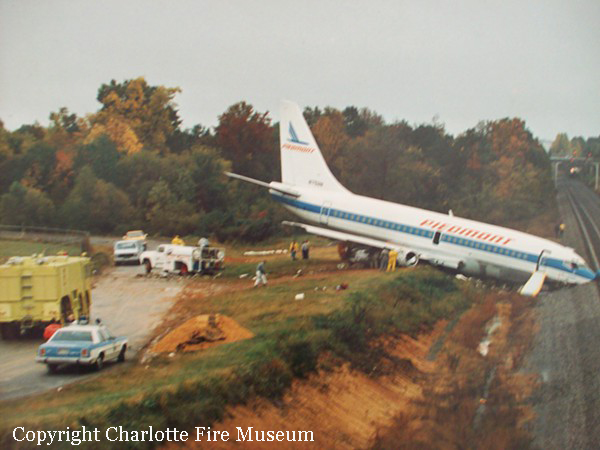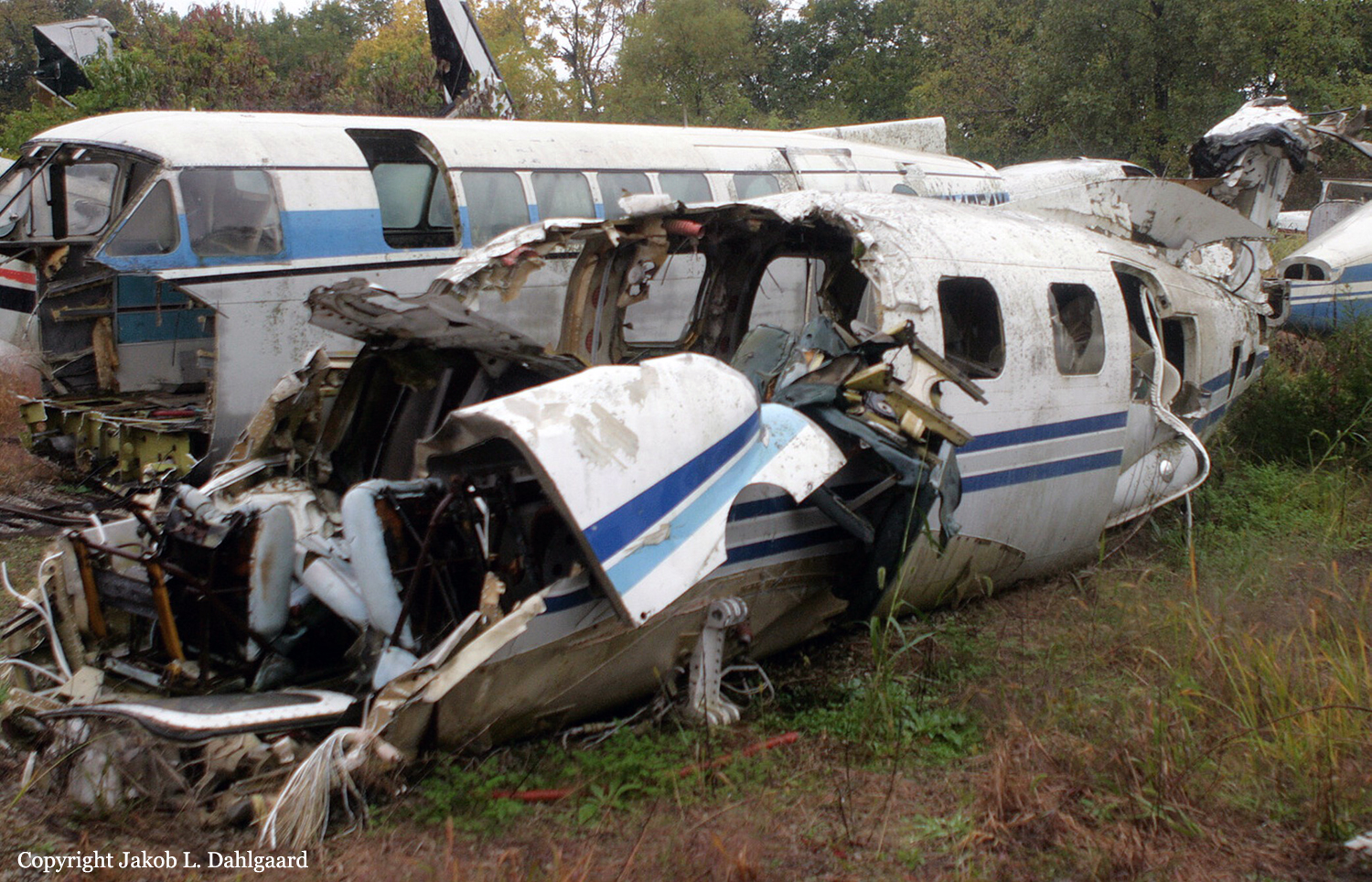Crash of a Lockheed C-130E Hercules at Fort Bragg AFB: 5 killed
Date & Time:
Jul 1, 1987
Registration:
68-10945
Survivors:
Yes
Schedule:
Pope - Pope
MSN:
4325
YOM:
1969
Crew on board:
6
Crew fatalities:
Pax on board:
0
Pax fatalities:
Other fatalities:
Total fatalities:
5
Circumstances:
The crew departed Pope AFB and was completing a LAPES demonstration flight at Fort Bragg AFB. A first demo was completed successfully. During the second approach, the pilot-in-command descended too fast and the flare was done too late. The aircraft landed had and rolled for about 1,000 meters before coming to rest in a wooded area, bursting into flames. Four crew members as well as one people on the ground were killed. Two others crew members were injured.







